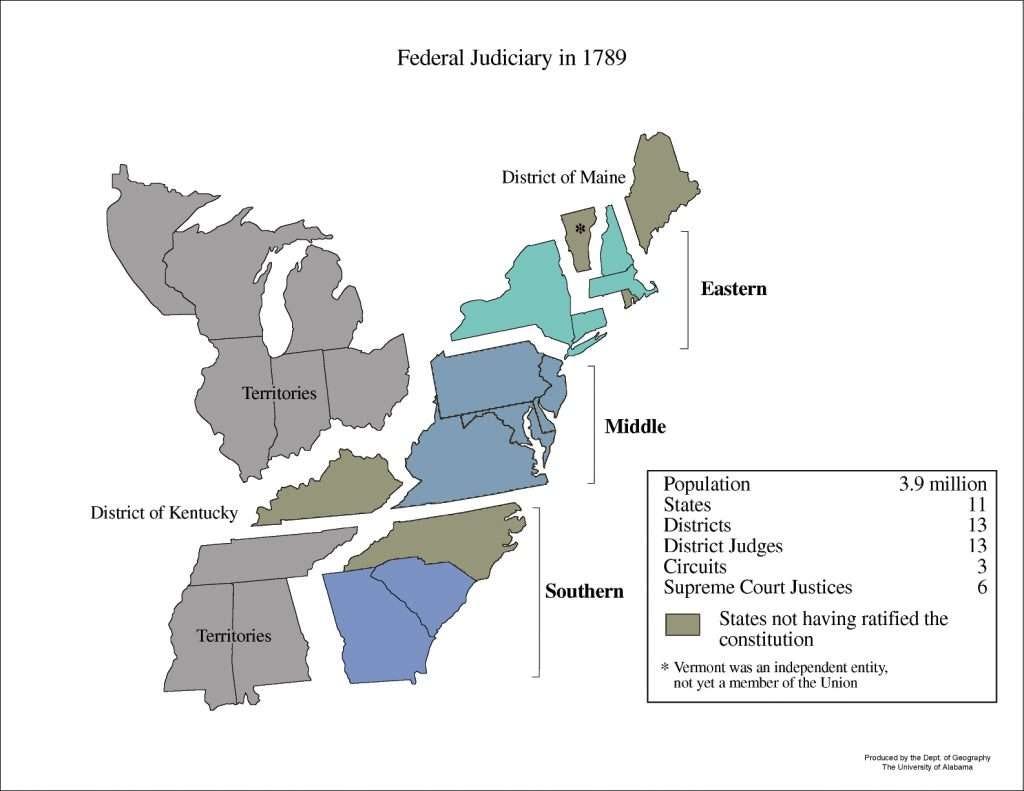Bonus 171: Circuit Riding and the Antebellum Court
Having the justices spend much of the year out in the country was an important means by which Congress brought the nascent Supreme Court to the people—and, as importantly, the people to the Court.
Welcome back to the weekly bonus content for “One First.” Although Monday’s regular newsletter will remain free for as long as I’m able to do this, I put much of the weekly bonus issue behind a paywall as an added incentive for those who are willing and able to support the work that goes into putting this newsletter together every week. I’m grateful to those of you who are already paid subscribers, and I hope that those of you who aren’t will consider a paid subscription if and when your circumstances permit.
I thought I’d use today’s bonus issue to take a bit of a step back from events of the moment in favor of a deeper dive into an important—but oft-neglected—piece of the Court’s history: the justices’ obligation to “ride the circuit” from the Founding through 1911, but especially throughout the Antebellum Era. Folks may have some loose familiarity with the existence and mechanics of “circuit riding,” especially how efforts to limit/restore it featured prominently in the post-Election of 1800 row between the Federalists and the Democratic-Republicans. But my own sense is that contemporary observers often fail to appreciate (1) just how onerous it was; (2) just how much the justices hated it (and tried to persuade Congress to eliminate it); or (3) why Congress nevertheless (and repeatedly) chose to keep it in place until after the Civil War.
To make a long story short, Congress came to view circuit riding as serving two related goals: bringing the Court (and, through it, federal law) to the people; and bringing the people to the Court. Circuit riding, at least in the nineteenth century, was intended and perceived as a means of promoting accountability—for the Court and from the Court—at both the local and national level. As then-Congressman James Buchanan argued in defending the practice during an 1826 debate in the House of Representatives, “If the Supreme Court should ever become a political tribunal, it will not be until the Judges shall be settled in Washington, far removed from the People, and within the immediate influence of the power and patronage of the Executive.” Satirical proposals aside, no one is seriously arguing for Congress to send the justices back out on horseback. But two centuries later, it’s an interesting moment to reflect upon the broader institutional lessons that can be divined from this (largely forgotten) history.
For those who are not paid subscribers, we’ll be back Monday (if not sooner) with our regular coverage of the Court. For those who are, please read on.



